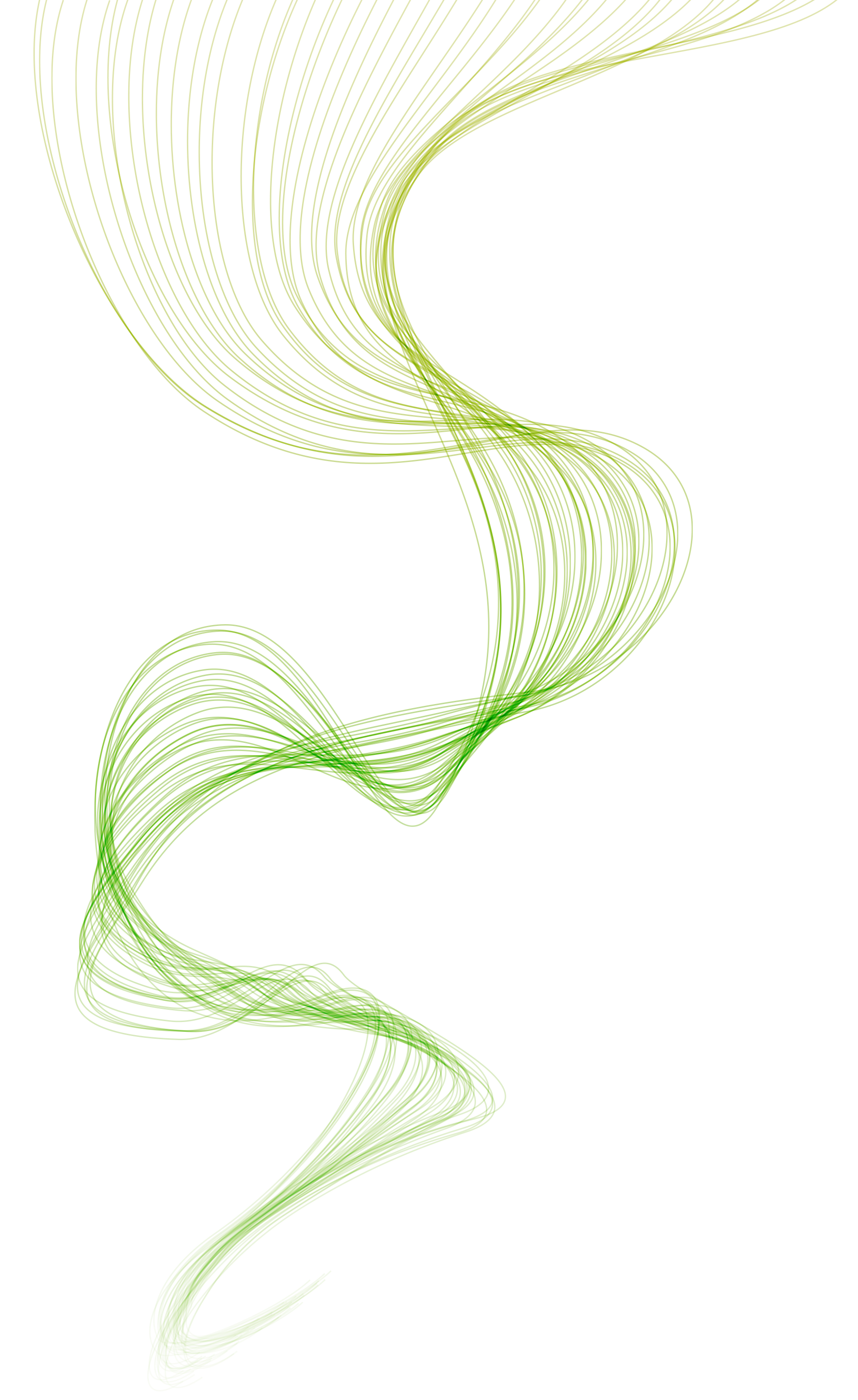Coronary artery disease (CAD) is the leading cause of morbidity and mortality in the western world, despite management having improved over the last few years. Computed tomography angiography (CTA) is the favored method for the anatomical evaluation of luminal narrowing in coronary arteries due to its accuracy and non-invasive nature. But could the addition of computed tomography (CT) myocardial perfusion imaging improve the detection of hemodynamically-significant stenosis?
Researchers from Spain’s aVall d’Hebron Institut de Recerca, Instituto de Salud Carlos III, Hospital Universitari Vall d’Hebron, dUniversitat Autònoma de Barcelona and Instituto de Salud Carlos III set out to compare the performance of visual and quantitative analyses for detecting myocardial ischemia from single and dual-energy CT in patients with suspected CAD.
The study had two main objectives. The first was to compare and rank the performance of quantitative perfusion parameters and visual analysis myocardial ischemia evaluation by both single- and dual-energy CTA / CT myocardial perfusion imaging (CTP) images in a cohort of patients with chest pain. The second was to determine if the use of dual-energy CT-based iodine imaging offers advantages over analysis with single-energy CT scans in the identification of myocardial ischemia.
Study population and design
The study population consisted of 84 consecutive patients with chest pain, a prior myocardial perfusion single-photon emission CT study, and referred for invasive coronary angiography (ICA). Exclusion criteria included atrial fibrillation, supraventricular arrhythmias, high-grade atrioventricular block, and chronic obstructive pulmonary disease.
Myocardial perfusion was assessed by visual interpretation using the three quantitative parameters:
- Transmural perfusion ratio (TPR)
- Myocardial perfusion reserve index (MPRI)
- Mean attenuation (MA)
Parameter cut-off values were calculated from a randomly-selected test group of 30 patients, while qualitative and different quantitative analyses were compared in a validation group of the other 54 patients using single-photon emission computerized tomography (SPECT) and ICA as reference.
The concurrent presence of two conditions defined myocardial perfusion defect. Firstly, hypoperfusion in the myocardium identified through visual or quantitative analysis (parameter < threshold). Secondly, a corresponding significant coronary stenosis with > 50% or > 70% reduction in vessel lumen on CTA.
The study’s statistical analysis used the Kolmogorov-Smirnov test to evaluate distribution normality. Qualitative and quantitative approaches by single-energy CT or CT-based iodine imaging were compared in terms of accuracy, sensitivity, specificity, positive and negative predictive values (PPV and NPV, respectively), Youden index, and the area under the receiver operating characteristic (ROC) curve (AUC).
Myocardial perfusion analysis from single-energy CT
The diagnostic performance of CTA/CTP compared with SPECT + ICA was assessed in the 54 patients that formed the validation group. Visual analysis was confirmed as an “effective and appropriate approach” for the detection of perfusion defects, offering high performance in terms of accuracy and AUC.
TPR performed better than the visual method and the other quantitative parameters, providing the highest values of sensitivity, PPV and Youden index. This parameter resulted in the highest AUC [0.99 (0.98–1.00)] compared to that for the visual analysis [0.86 (0.76–0.97); p = 0.025 from Delong‘s test], MPRI [0.95 (0.89–1.01); p = 0.291] and MA [0.98 (0.96–1.00); p = 0.521].
Of the other quantitative parameters, MPRI showed the lowest sensitivity [94% (79–100)] and AUC [0.95 (0.89–1.01)]. Specificity, NPV, and accuracy were similar in all cases. Results for the diagnostic performance of per-vessel CTA/CTP strategy with a lumen narrowing of 50% to define significant coronary stenosis showed that myocardial perfusion assessment was feasible with visual analysis. However, quantitative analysis with TPR yielded better results than visual interpretation [AUCs: 0.93 (0.86–0.98) vs. 0.86 (0.77–0.95), respectively; p = 0.264].
The patient-based analysis of the diagnostic performance of CTA/CTP for myocardial perfusion assessment with 70% coronary stenosis cut-off showed that ischemia assessment was feasible through visual interpretation of single-energy CT with high specificity, PPV, accuracy, and AUC. The best-performing parameters for sensitivity, Youden index, and AUC were found to be TPR and MA. TPR and MA’s Youden index and AUC were “substantially higher compared to visual analysis and MPRI”.
Myocardial perfusion analysis from dual-energy CT-based iodine imaging
Dual-energy cardiac CT was performed in 40 patients from the 54 in the validation group. The vessel-based analysis of the diagnostic performance of iodine-based CTA/CTP strategy for myocardial perfusion assessment with a coronary stenosis threshold of 70% showed that AUC obtained with visual analysis of iodine images were higher than those obtained with single-energy CT images [0.93 (0.84–1.02) vs. 0.86 (0.76–0.97); p = 0.367].
TPR provided the best performance [AUC: 0.97 (0.95–0.99)] compared with visual method [AUC: 0.93 (0.84–1.02); p = 0.363], MA [AUC: 0.90 (0.81–1.00); p = 0.167] and MPRI [AUC: 0.94 (0.87–1.01); p = 0.437]. While specificity and NPV were similar among all approaches, visual method, MPRI and MA resulted in lower sensitivity, Youden index and AUC compared to TPR.
It was found that the 70% or the 50% of lumen narrowing to determine significant coronary stenosis did not affect the CTA/CTP performing results. Visual analysis on CT-based iodine images resulted in higher AUC compared to that on single-energy CT images [0.89 (0.82–0.97) vs. 0.86 (0.77–0.95); p = 0.564] for the 50% coronary stenosis threshold. TPR yielded higher Youden index and AUC than visual analysis and the other quantitative parameters.
In the patient-based analysis, as in the per-vessel analysis, TPR was the best-performing method, while MPRI and MA performed the worst in terms of Youden index and AUC.
Main findings
The study presented its three main findings as follows:
- Visual interpretation on single-energy CT was effective in detecting myocardial ischemia compared with SPECT + ICA
- Visual identification on dual-energy CT-based iodine images performed better than visual analysis on single-energy CT
- On both CT-imaging modalities, TPR was the best-performing method among visual analysis and the other parameters for detecting myocardial ischemia
Sources:
